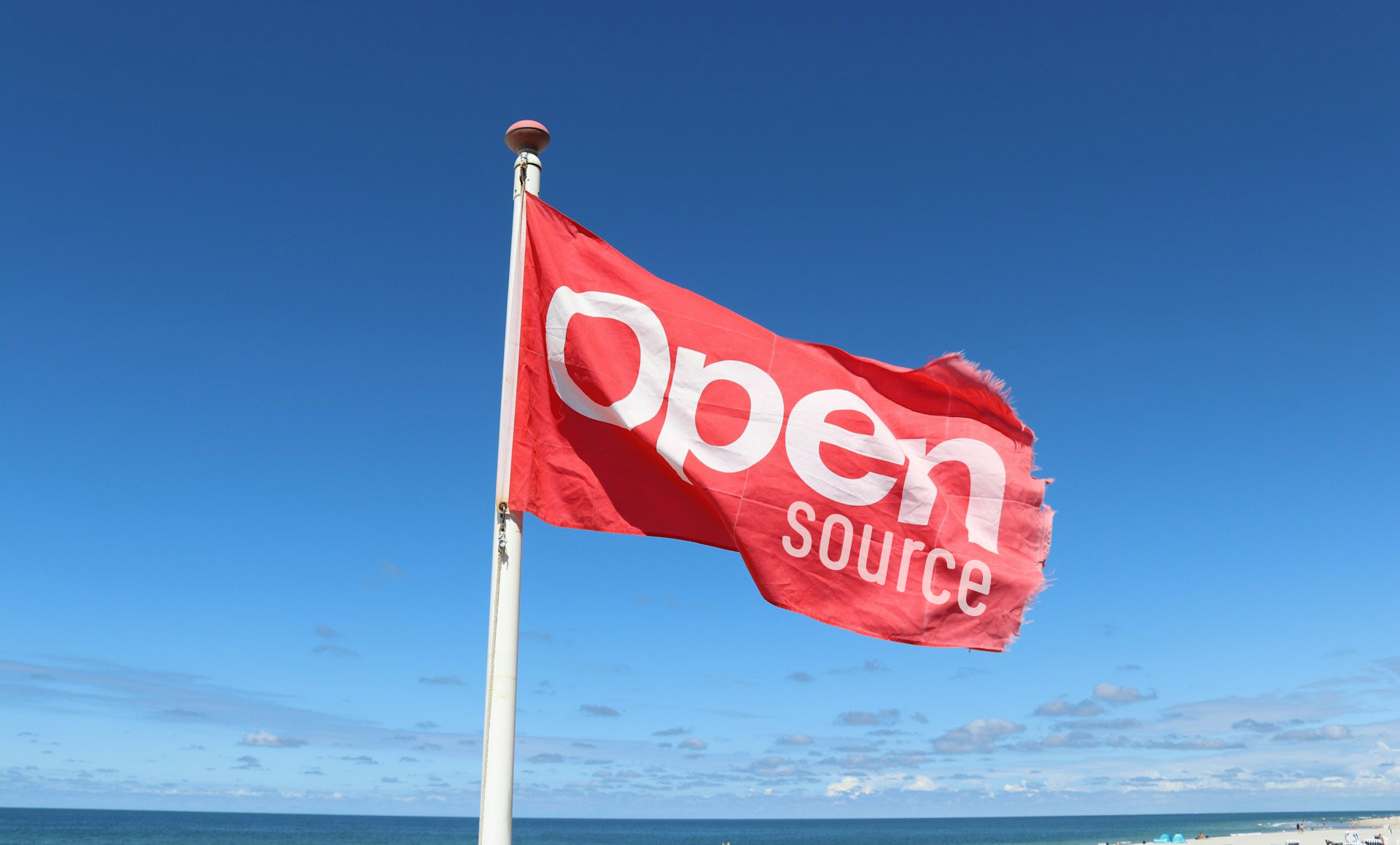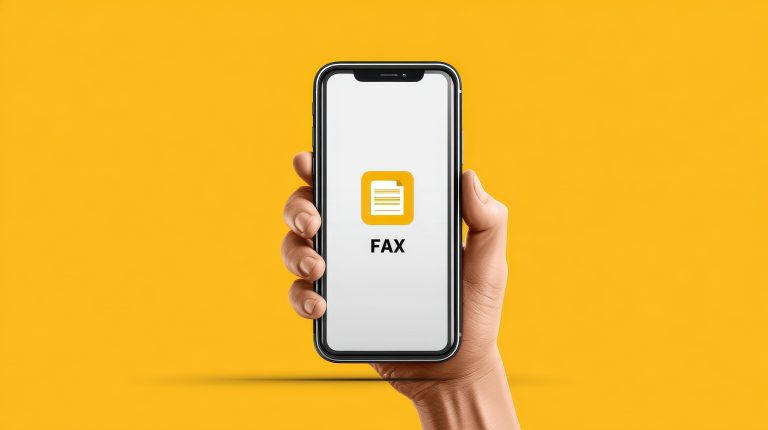Open-source software has revolutionized the way we approach creative projects, providing powerful tools that are often free and customizable. This democratization of digital resources offers creatives across disciplines—whether in graphic design, video production, music, or software development—the ability to innovate without the constraint of high costs associated with proprietary software. Here’s how you can harness the power of open-source software for your creative endeavors.
The Benefits of Open-source Software
- Cost-Effectiveness One of the most apparent benefits of open-source software is its cost-effectiveness. Most open-source tools are free to download and use, which is particularly beneficial for freelancers, startups, and students who may not have the budget for expensive software licenses.
- Customization and Flexibility Unlike proprietary software that often comes as a “take it or leave it” package, open-source software can be modified to fit the user’s specific needs. This level of customization encourages a deeper understanding of the tools and workflows, enabling creatives to tweak the software to optimize their productivity and creative expression. Of course, it’s important to have a connection that can keep up with the demands on the software. Getting fiber internet in Houston or wherever you are based will help to provide a stable and good enough connection for what you need.
- Community and Support Open-source projects are typically supported by communities of developers and users who continuously contribute to the development, debugging, and enhancement of the software. This community-driven model not only accelerates the evolution of the software but also provides a vast resource for support through forums, tutorials, and documentation.
- Interoperability and Open Standards Open-source software often adheres to open standards, which promote greater interoperability between different software and systems. This is crucial for creative projects that involve multiple tools and platforms, ensuring seamless integration and data exchange across various applications.
Popular Open-source Tools for Creatives
- GIMP (GNU Image Manipulation Program) GIMP is a powerful alternative to Adobe Photoshop for digital art and image editing. It supports numerous file formats and features a customizable interface and a host of photo retouching, painting, and editing tools that can cater to both beginners and professionals.
- Blender Blender is a standout choice for 3D content creation, encompassing 3D modeling, animation, simulation, rendering, compositing, and motion tracking. It’s used by amateurs and professionals alike, for everything from video games and film to architectural visualization.
- Audacity For audio editing or recording, Audacity offers a suite of tools for editing audio files, mixing sounds, and applying effects. It’s straightforward enough for beginners but also capable of handling complex audio processing.
- InkScape InkScape is a vector graphics editor that serves as a robust alternative to Adobe Illustrator. It’s particularly useful for designing logos, illustrations, and complex artwork with scalable vector graphics (SVG) format.
- Ardour Ardour is an audio workstation used by sound engineers, musicians, and composers to record, edit, and mix music. It supports a lot of hardware, digital formats, and plugins.
Tips for Getting Started with Open-Source
- Explore and Experiment Start by exploring the wealth of open-source software available. Download tools that interest you and experiment with them to understand their capabilities and how they might fit into your workflow.
- Join the Community Get involved with the community associated with your selected tools. Online forums, user groups, and social media platforms are excellent resources for posing questions, sharing experiences, and receiving advice and tutorials.
- Contribute Back If you’re capable, consider contributing back to the open-source projects you use. This could be through code, bug reports, documentation, or even financial donations.







